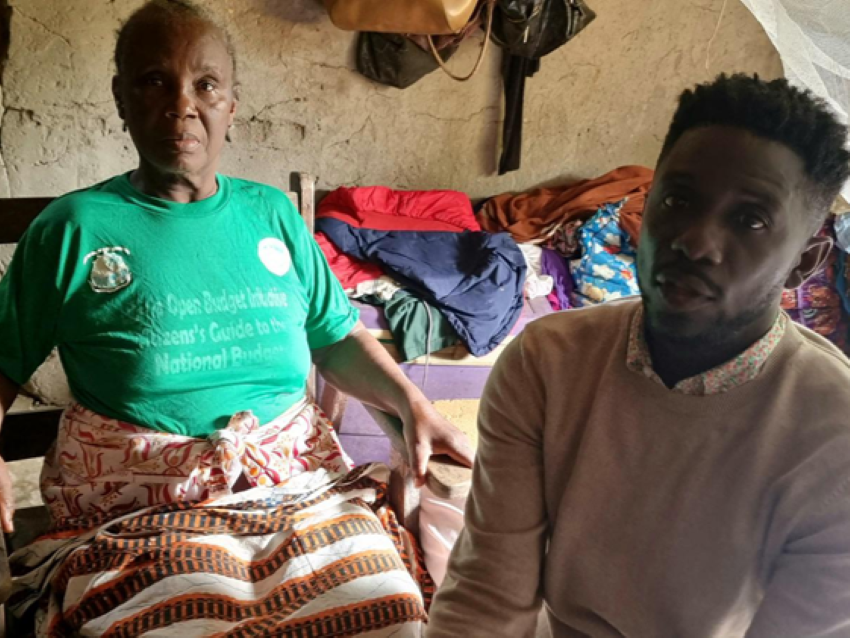During his fieldwork in Maryland County, Liberia, Methodius investigated the systemic and social barriers that prevent timely access to high-quality emergency care. His project, "Examining the Disease Burden and Barriers to High-Quality Care in the Emergency Departments of the J.J. Dossen Hospital and the Pleebo Health Center," provides a revealing look into the infrastructural, logistical, and human challenges that shape outcomes in the region’s most vital care settings.
In Pleebo, the most densely populated city in the county, Methodius observed that the outpatient department of the local health center was routinely overcrowded. Patients often arrived as early as 5:00 a.m., only to wait hours for registration. Many became discouraged and chose not to seek care until their health deteriorated significantly, opting instead to arrive at the emergency department in a critical state, when outcomes were often poorer. “The long wait time,” one participant shared, “makes people wait too long to come at all.”
Transportation was another key barrier. Most residents rely on motorbikes to access care, which are costly for families living below the poverty line. Those who cannot afford the fare often walk long distances or delay care entirely. In even more remote areas, patients must pay to cross rivers in canoes, a cost many would rather use for food. At night, when canoes are unavailable, emergencies can quickly turn fatal.
The conditions inside facilities mirrored the challenges outside. J.J. Dossen Hospital, the county’s main referral center, was built in 1949 and now struggles to accommodate the growing patient population. The emergency department has only eight beds, with no dividers for privacy, leading to discomfort and delayed disclosure of sensitive health issues. These structural limitations undermine the quality of care and discourage open communication between patients and providers.
In conversations with caregivers, Methodius uncovered stories that underscored how poverty and inadequate infrastructure create a cascade of risks. One woman described her home, built from mud, which floods during the rainy season and traps her in bed until the water recedes. Another shared that she now uses her mosquito net diligently after a harrowing stay in the emergency room, a preventative step sparked by fear, not education.
Caregivers, many of whom had no place to stay while tending to their hospitalized loved ones, slept on benches or mats, cooked their own food in hospital courtyards, and sometimes encouraged early discharge “Against Medical Advice” due to hunger and exhaustion. “We don’t have anyone in the city,” one caregiver explained. “We just sleep here on the floor.”
Methodius also conducted interviews and focus groups with community elders and caregivers, many of whom spoke openly and vividly about their experiences. One particularly compelling interview was held at a caregiver’s home, where the relaxed setting allowed for deeper, more reflective conversation. “These are the stories that remind me how essential context is,” Methodius noted. “You can’t understand healthcare delivery unless you understand how people live.”
His research was not just about recording statistics; it was about listening deeply. He reflected on the importance of adapting in real-time, adding probes, and allowing space for participants to guide the conversation. “In the classroom, we’re taught to follow structured protocols,” he said. “But in the field, the best insights often come when you let go of the script.”
